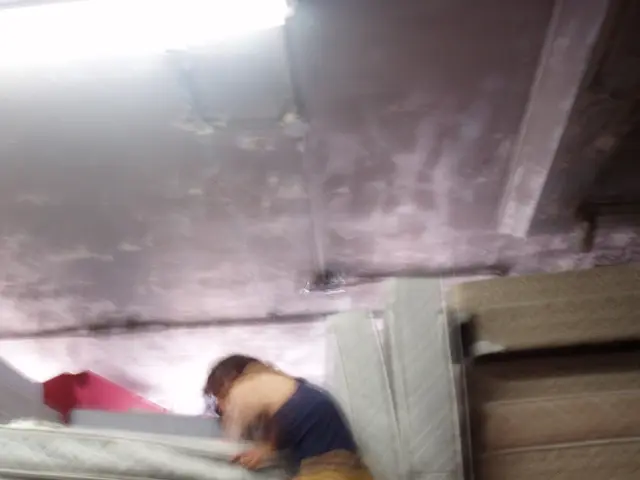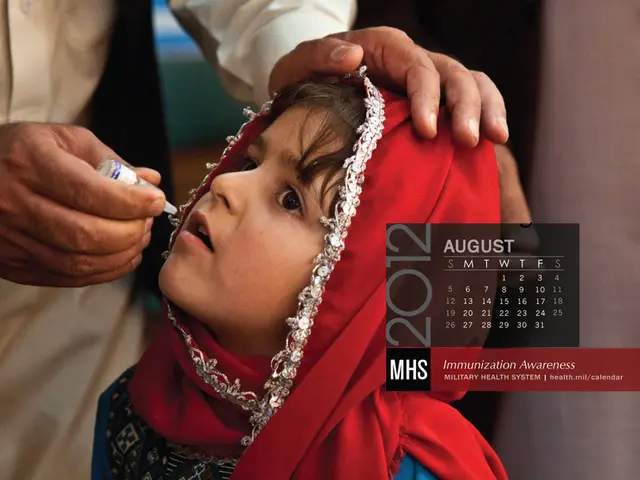Surgical procedure for repairing rotator cuff tears using superior capsular reconstruction technique
Superior capsular reconstruction (SCR) surgery is a surgical procedure used to treat irreparable rotator cuff tears. This process can involve using tissue from the person's body to reconnect the torn rotator cuff, either through open surgery or arthroscopic surgery.
The recovery period for SCR surgery typically ranges from 4 to 6 months. During this time, rehabilitation is crucial to restore full shoulder function. The rehabilitation process begins with immobilization in a sling for about 4 to 6 weeks to protect the surgical repair.
Initial Phase (0-6 weeks): During this phase, the focus is on allowing the graft and superior capsule to heal. Immobilization using a sling is essential. Towards the end of this period, passive or assisted range of motion may begin under supervision.
Intermediate Phase (6-12 weeks): In this phase, active range-of-motion exercises are gradually introduced, and gentle strengthening begins. The emphasis is on control and avoiding stress on the repaired capsule.
Advanced Phase (3-6 months): More aggressive strengthening focusing on rotator cuff muscles, scapular stabilizers, and functional restoration takes place during this phase. Patients progressively return to daily activities and possibly sports with guidance.
Full Recovery: Many patients achieve substantial pain relief and improved shoulder stability by 4-6 months postoperatively, although some ongoing mild discomfort and ache can persist for some time after surgery, similar to other shoulder reconstructions.
While specific timelines can vary depending on patient factors and surgical technique, this general framework aligns with the typically slow and cautious shoulder rehab process, emphasizing protection early on and gradual functional progression.
It's important to remember that adherence to a structured rehabilitation protocol guided by a shoulder specialist or physical therapist is key to successful recovery. Additionally, a person should discuss preparation for the surgery with the surgical team or facility where the procedure will take place.
Certain risks associated with SCR include reaction to anesthesia, infection at the surgical site, and reinjury to the shoulder. To help prevent infections, a person should follow all instructions from the doctor, keep the area clean and dry, regularly change dressings, and contact a doctor if an infection may be present.
In some cases, a reverse shoulder replacement may be recommended for conditions such as rotator cuff arthropathy, chronic irreducible shoulder dislocation, pseudo shoulder paralysis due to an irreparable massive rotator cuff tear, and revision surgery for failed proximal humerus hemiarthroplasty. Unlike SCR, a reverse shoulder replacement switches the ball and socket locations in the shoulder joint to provide improved, long-term stability.
In conclusion, SCR is a valuable surgical option for treating irreparable rotator cuff tears. With a structured rehabilitation plan and close adherence to postoperative instructions, patients can expect to regain shoulder function and reduce pain over a 4 to 6-month period.
- The surgical procedure used to treat chronic rotator cuff tears, Superior Capsular Reconstruction (SCR), might require therapies and treatments for other medical conditions such as chronic kidney disease or autoimmune disorders to ensure overall health-and-wellness during recovery.
- A person undergoing SCR surgery may need to consider skin-care routines to prevent potential complications such as infection at the surgical site, particularly during the recovery phase when the skin might be vulnerable.
- During the workplace-wellness process, employees who have undergone SCR surgery should discuss their recovery schedule with their employers to accommodate any temporary restrictions during the rehabilitation period.
- Fitness-and-exercise activities, such as cycling or swimming, could potentially improve respiratory-conditions and overall cardiovascular-health, thus benefiting those recovering from SCR surgery.
- In line with the rehabilitation process of SCR surgery, eye-health and hearing should be monitored due to their potential impact on balance and coordination, which might influence the rehabilitation's effectiveness.
- For patients recovering from SCR surgery, digestive-health becomes essential as pain management and proper nutrition facilitate faster healing and reduced discomfort.
- Neurological-disorders, like migraine or Parkinson's disease, could affect a person's rehabilitation and proper execution of exercises during the recovery phase of SCR surgery.
- Skin-conditions, such as eczema or psoriasis, could be exacerbated by the prolonged use of slings during the SCR recovery phase and require specialized care.
- As shoulder reconstructions like SCR may increase the risk of developing chronic diseases, managing factors related to cancer, chronic-diseases, and chronic-kidney-disease becomes crucial during the recovery period.
- Graftvhost disease, where a donor's tissue reacts against the recipient while promoting bone and tissue growth, is a unique complication in several therapies and treatments, including SCR surgery, and should be closely monitored to optimize patient recovery.




